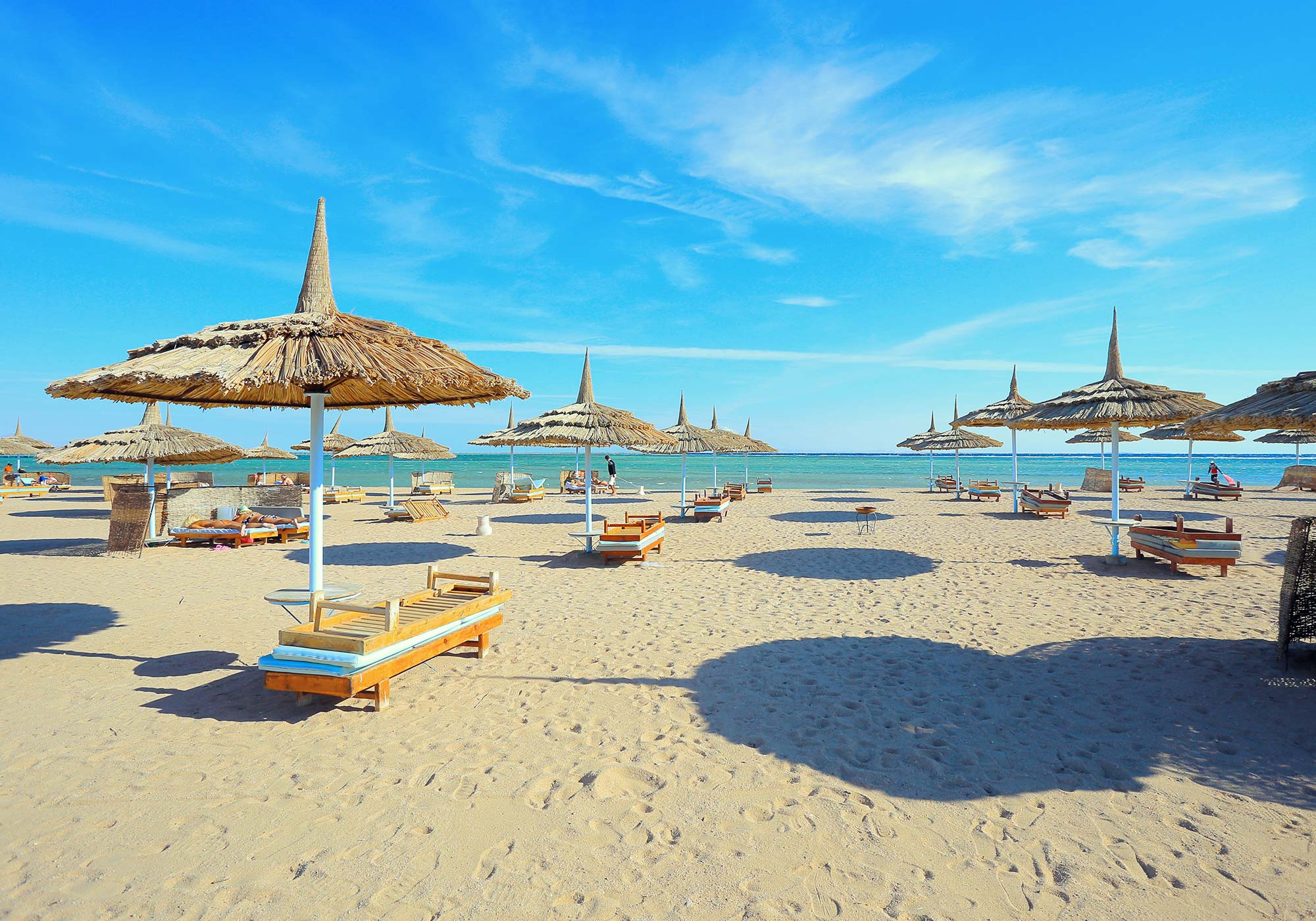Egypt is one of the oldest civilizations in the world, known for its rich history and ancient cultures, one among the most researched ancient cultures in the world. Intersected from South to North by the Nile River, over 20% of Egypt’s population live in Cairo, the country’s capital and one of the most populated cities around the globe. Yet, the country’s secondary cities are booming day by day, encompassing valuable resources including skilled labor, energy, landscape, historical monuments and the passion to stand out.
The Human Capital:
The beautiful country of Egypt contains people with heart of gold, thriving with nature, and possessing a pleasant attitude towards the gifts they have been blessed with. In addition to an especially welcoming attitude, people in Egypt’s secondary cities are familiar with hospitality, either by directly working in this important sector to the country’s GDP or through an industry that caters to tourism. This, in turn, avails a labor force fluent in a wide range of foreign languages, proficiently spoken with minimal dialect.
Hidden Business Hubs:
Outside of the capital, many secondary cities pride themselves for being prominent business and industrial hubs. Alexandria, the second largest city in Egypt, has been for years considered a strong convention core, hosting major international exhibitions and conferences, with well equipped convention centers. Also, major steel, textiles and heavy manufacturing industries play a vital role in this vibrant city, in addition to major energy excavation fields for global oil and energy players.
On the other side of Egypt, Port Said is a leading port and industrial zone and has served as Egypt’s main marine gate for centuries. The city hosts leading international and local factories and is one of the main manufacturing centers of Egypt.
Hidden Activities:
Egypt is known for its rich and mesmerizing cultural monuments and long, sleek and sunny coasts. But many secondary cities have a wide range of concealed adventures, landscape and unconventional types of tourism options. Al Fayoum is a secondary city that is known for vast green spaces, a famous lake for boat rowing and loads of sand dunes for sandboarding. Siwa, a green oasis literally in the middle of the desert, is a popular medical tourism spot for those looking for natural mineral springs. Ras Sudr, Dahab, Ras Shaitan are all secondary cities for unconventional camping adventures in contrast to luxury coastal resorts and spas, offering escapade-lovers a heaven to explore.
Hidden Prospects:
Besides the immense potential possessed by the people, there are numerous secondary cities that have latent potential for travel and tourism:
El Mahalla El Kubra:
Also called El-Mahalla, it is the largest city of the Gharbia Governorate in Nile Delta. It is the textile capital of the country and possesses an immense latent potential for tourism as a mid-spot for a multi-city or country-wide tour. The city is also home for major rice and flour refineries.
Tanta:
Hosting the country’s fifth-largest population, it is located between Cairo and Alexandria; making it a perfect spot to be visited by incorporating it in country-wide or multi-city tours. The best part is, the city is already rich with numerous sites such as Saint Peter Catholic Church, Saint Virgin Mary Coptic Orthodox church (over 200 years old), Saint George Coptic Orthodox Cathedral, and many more.
Mansoura:
Located in Dakhalia Governorate, the city has a rich history and even the name itself is of historic significance. Undergoing ambitious infrastructure development and modern architectural revamping, the city is up and coming for culture transformation, making it more attractive to businesses.
Aswan:
Located in the south of Egypt and capital of the Aswan Governorate, the city has a busy market and a tourist center located north on Aswan Dam (east bank of Nile). In the category of Folk arts and craft, the city is a part of the UNESCO Creative Cities Network and possesses immense potential for the hospitality industry, with a prestigious number of UNESCO World Heritage sites.
Egypt’s secondary cities are nothing short of a gold mine for the country. Their true potential are yet to be explored. To unleash potentials, the role of the government and private sectors are equally important. The former’s duty lies in infrastructure transformation and promoting those destinations to expand FDI opportunities. The local private sector’s role remains in not only believing in this hidden gem waiting to be unleashed but in proactively closing gaps that make those destinations ready to compete locally and internationally.




